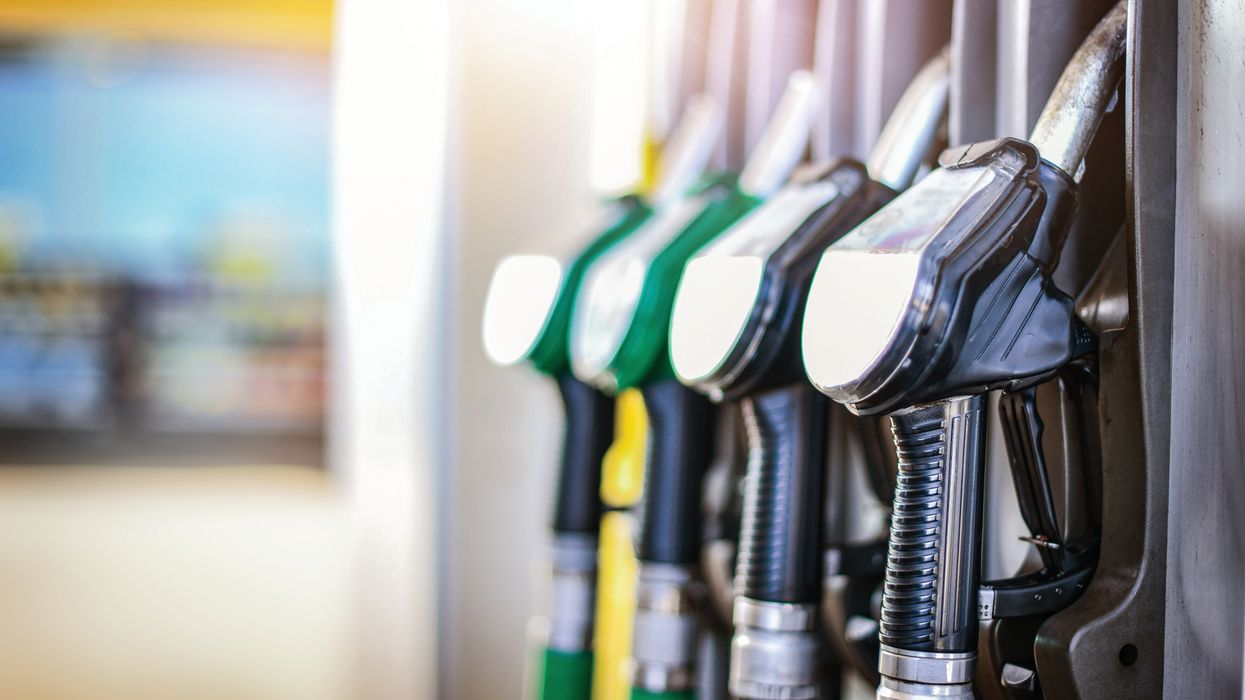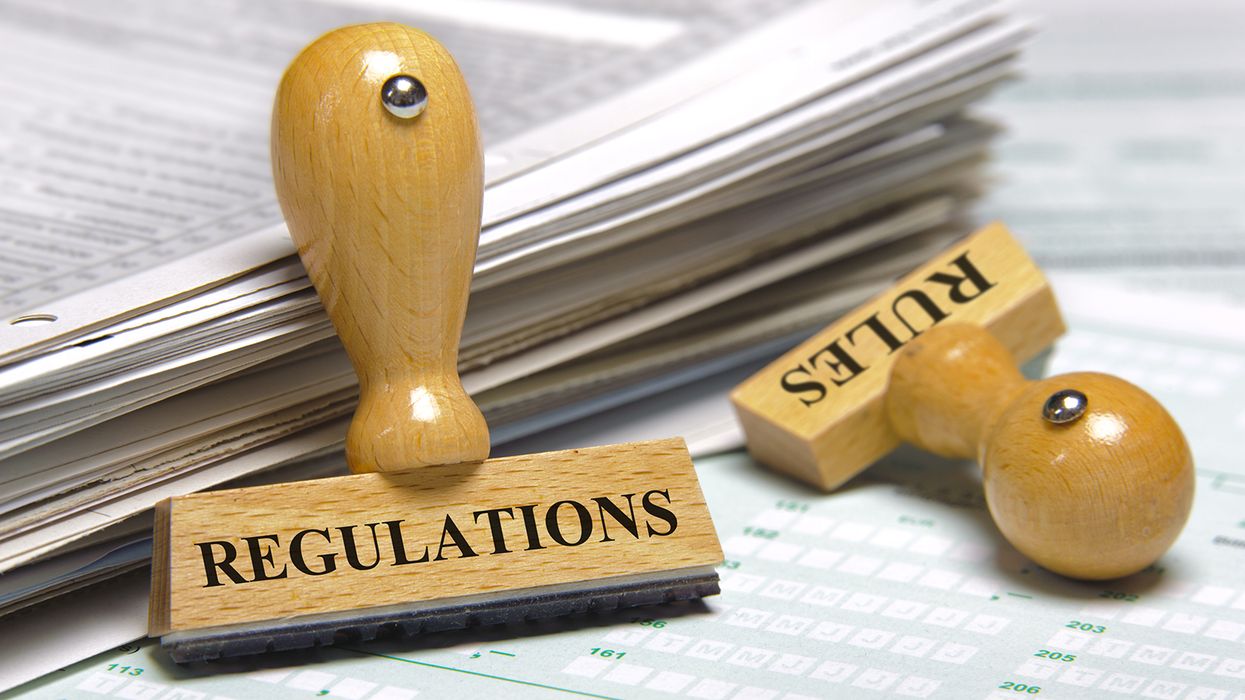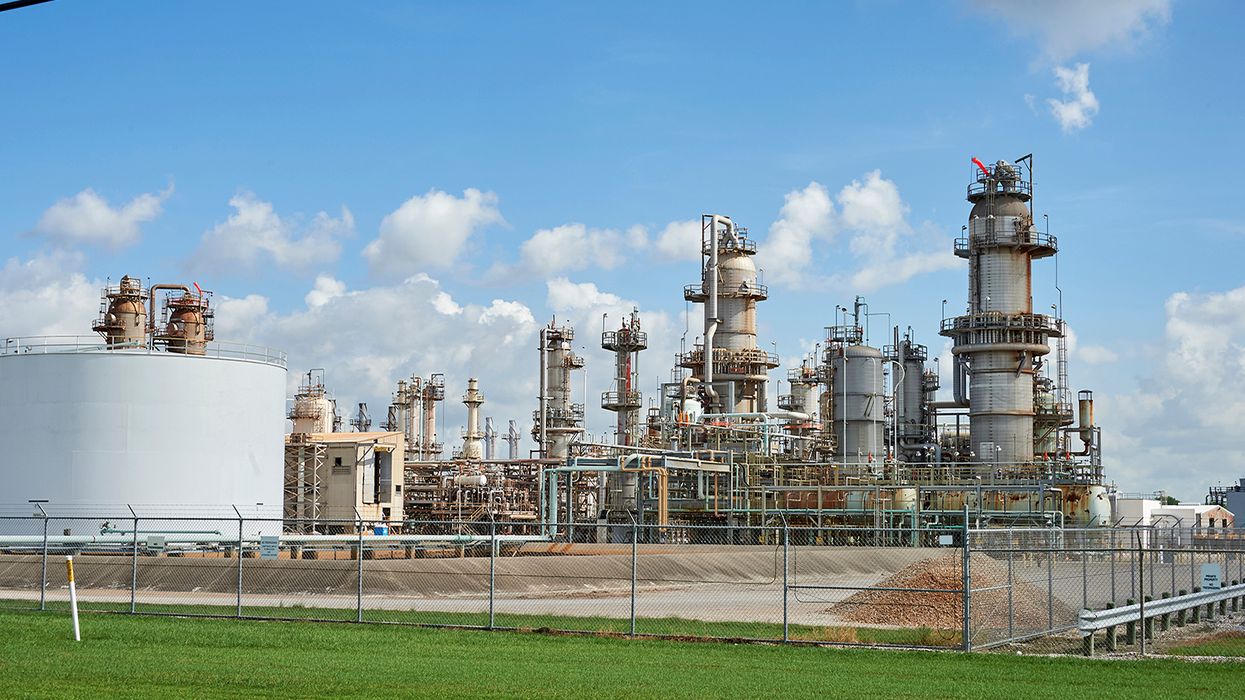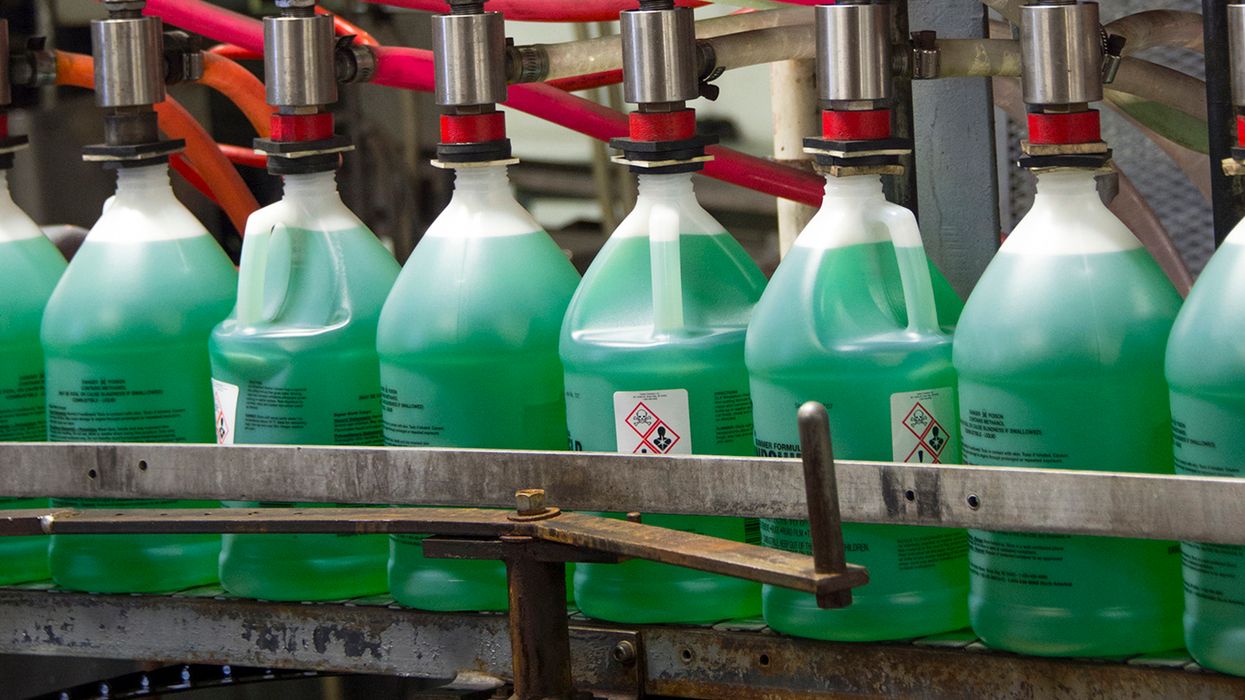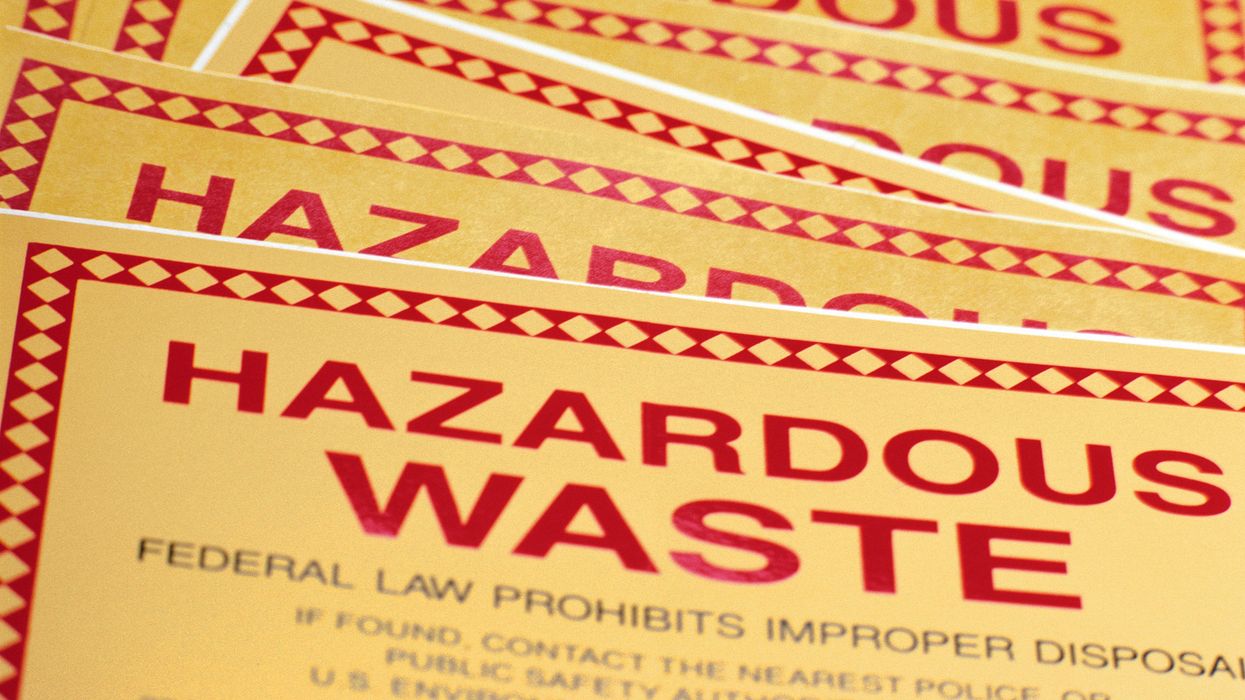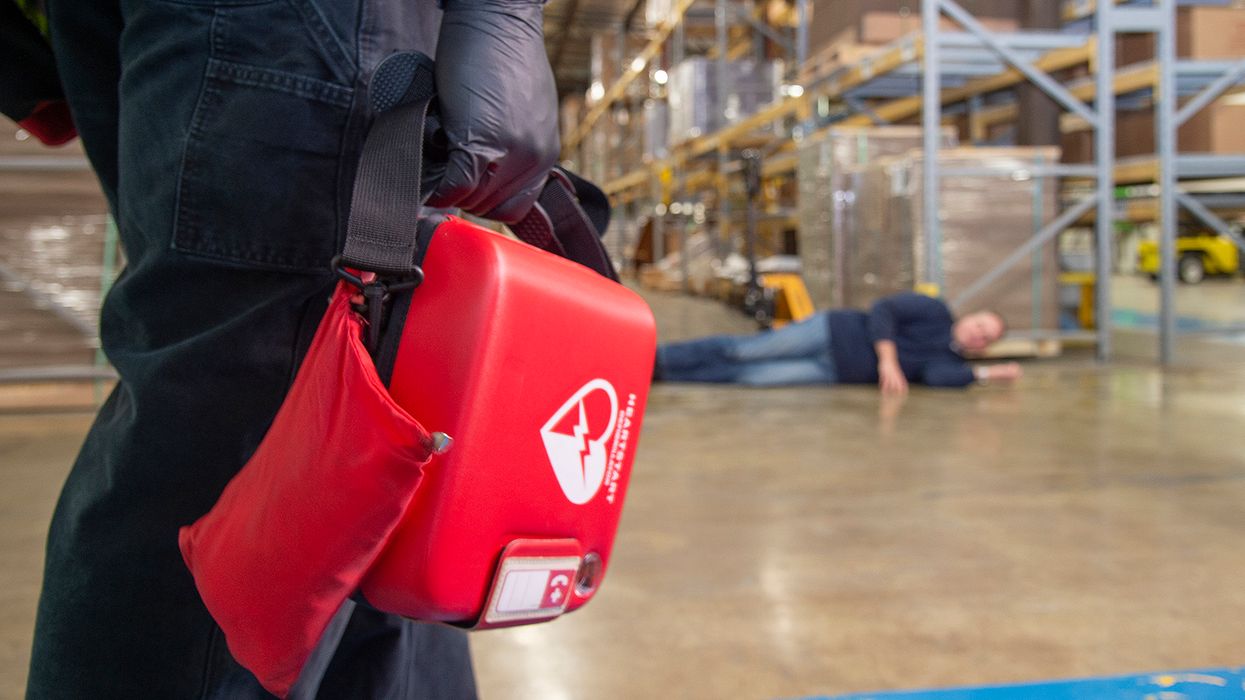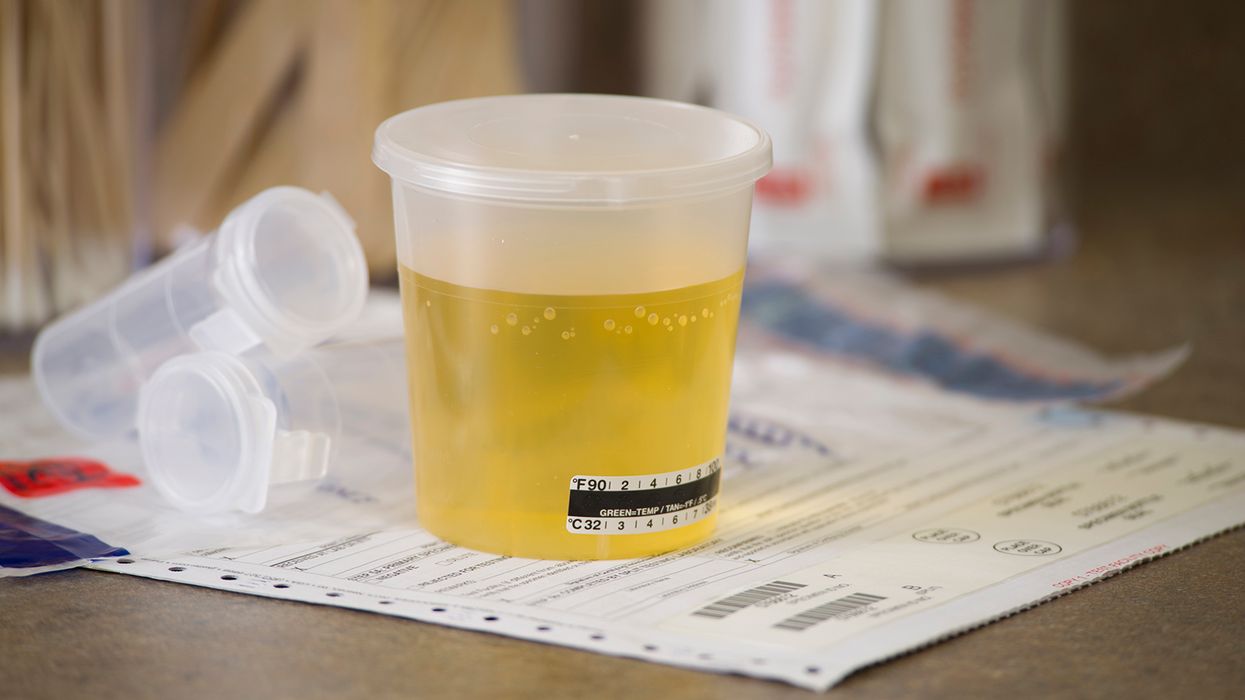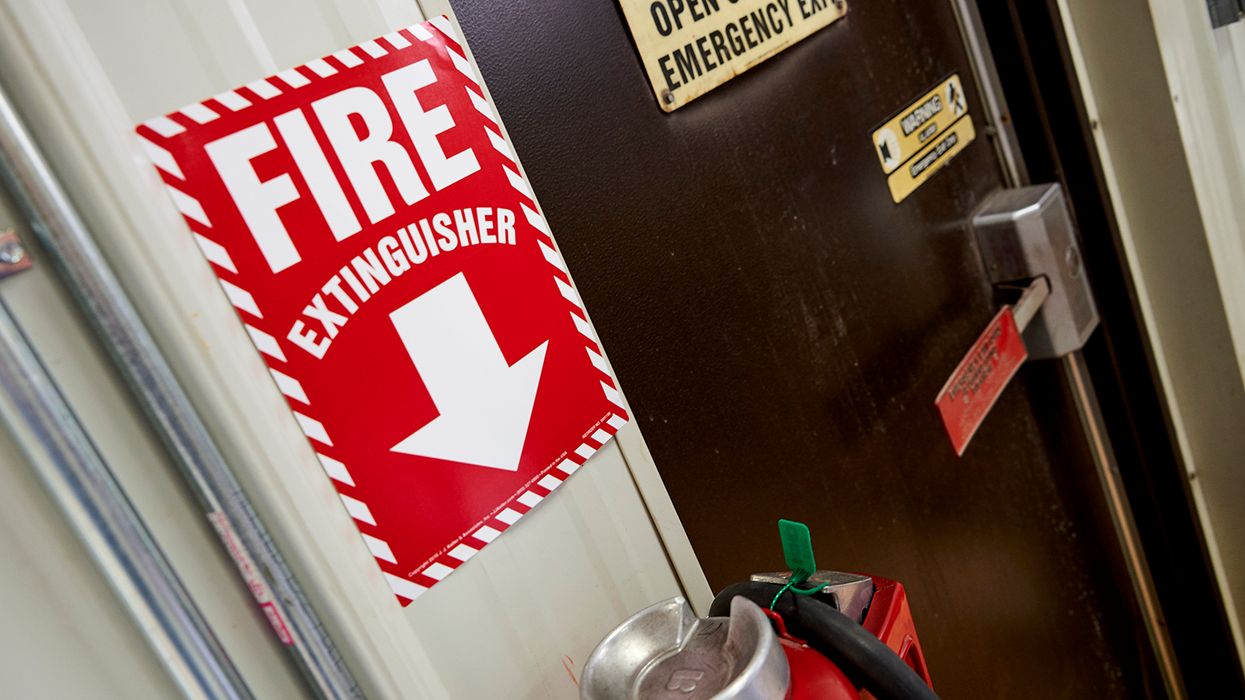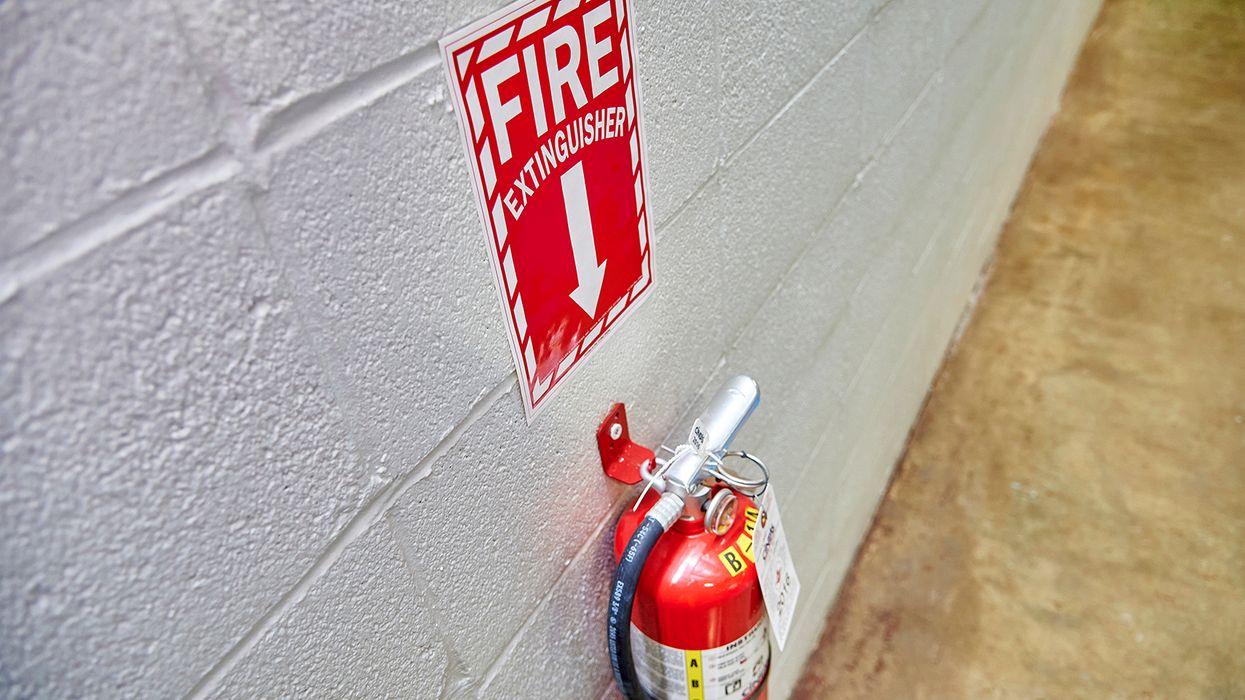Renewable Fuel Standard: Route to compliance for refiners and importers
Compliance with the Renewable Fuel Standard (RFS) program can seem just as intimidating as driving on a multi-level interchange in a major city that you’ve never been to before. Thankfully, helpful guidance (like a reliable GPS) can help gasoline and diesel refiners and importers route a path to success.
The Environmental Protection Agency (EPA) issued a partial waiver on July 7, 2025, that lowers the 2024 renewable fuel volume requirement for cellulosic biofuel. As a result, refiners and importers have a lower volume threshold to meet for this category of renewable fuel. EPA’s recent action highlights the key to the program: volume requirements.
Use this road map of the basics to understand how refiners and importers of gasoline and diesel comply with the RFS program.
Starting destination: About the program
The RFS program (see 40 CFR Part 80 Subpart M) requires gasoline and diesel fuel (called transportation fuel) that’s sold in the U.S. to contain a specific volume of renewable fuel. There are four renewable fuel categories:
- Advanced biofuel,
- Biomass-based diesel (or BBD),
- Cellulosic biofuel, and
- Total renewable fuel.
The route to compliance for refiners and importers that produce, distribute, and sell transportation fuel consists of annual standards, volume requirements, and demonstration.
Stop 1: Discover the annual standards
EPA sets national annual volume requirements for renewable fuel that must be blended into the U.S. market’s total amount of transportation fuel. The agency establishes volumes for each renewable fuel category in addition to corresponding percentage standards.
For example, EPA’s waiver for cellulosic biofuel lowered the 2024 annual volume requirement to 1.01 billion gallons and the percentage standard to 0.59 percent, due to lower-than-expected production volume.
Stop 2: Calculate the volume requirements
Refiners and importers of transportation fuel (“obligated parties”) use the annual percentage standards to determine the number of gallons of gasoline or diesel fuel they must blend individually.
Obligated parties have to meet Renewable Volume Obligations (RVOs) for each type of renewable fuel. RVOs are based on the amount of fuel the parties produce or import (essentially, their share of total transportation fuel). They calculate individual RVOs using this formula:
- Gasoline and diesel production or import volume x Annual percentage standard + Any carryover deficit from the previous year
Consider an example using the amended 2024 requirements for cellulosic biofuel with these factors:
- A production/import volume of 500,000 gallons,
- An annual percentage standard of 0.59 percent, and
- A carryover deficit of 0.
- RVO = 500,000 x 0.59 percent + 0
In this example, the RVO for cellulosic biofuel in 2024 is 2,950 gallons.
Stop 3: Demonstrate compliance
Obligated parties must demonstrate compliance with their individualized RVOs annually. To do so, they need to obtain and retire enough Renewable Identification Numbers (RINs) to meet the RVO for each renewable fuel category (80.1434(a)(1)).
Obligated parties can get RINs by:
- Purchasing batches of renewable fuel and the RINs assigned to them, and/or
- Purchasing RINs that are no longer assigned to batches of renewable fuel.
Let’s look at a common path to obtaining RINs using a fuel blender:
- Fuel is generated.
- RINs are generated and assigned to the renewable fuel a producer makes. (One RIN represents one ethanol-equivalent gallon of renewable fuel.)
- An entity produces or imports nonrenewable fuel. The refiner or importer becomes an obligated party subject to RVOs.
- Fuel is blended.
- A blender purchases renewable fuel with the assigned RINs from the renewable fuel producer and nonrenewable fuel from the obligated party.
- The blender combines the renewable and nonrenewable fuels.
- RINs are separated.
- Once the fuels are blended, the blender separates the RINs from the renewable fuel.
- A service station purchases the blended fuel (without the RINs), and the blender sells/trades the RINs.
- Obligated parties can purchase separated RINs to meet their RVOs.
- RIN transactions are recorded.
- The obligated party records each purchase and sale of RINs it makes into the EPA Moderated Transaction System (EMTS). The EMTS tracks all RIN transactions.
- RINs are retired and/or carried over.
- The obligated party retires the RINs needed to meet the RVO for all four renewable fuel categories (usually at the end of the compliance year).
- If the obligated party has a surplus of RINs that didn’t have to be retired, the party can either:
- Carry over the RINs into the next compliance year (after which they can’t be used for compliance), or
- Sell the surplus RINs.
Final destination: Compliance
Obligated parties report the retired RINs in their annual compliance report (80.1451(a)(1)).
Key to remember: The route to successful compliance with the Renewable Fuel Standard program for gasoline and diesel refiners and importers consists of annual standards, volume requirements, and demonstration.

